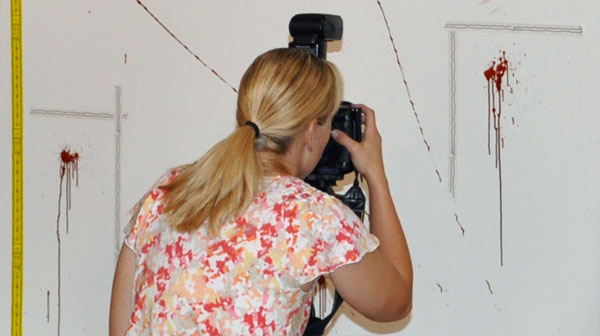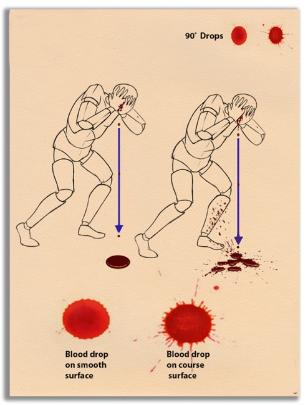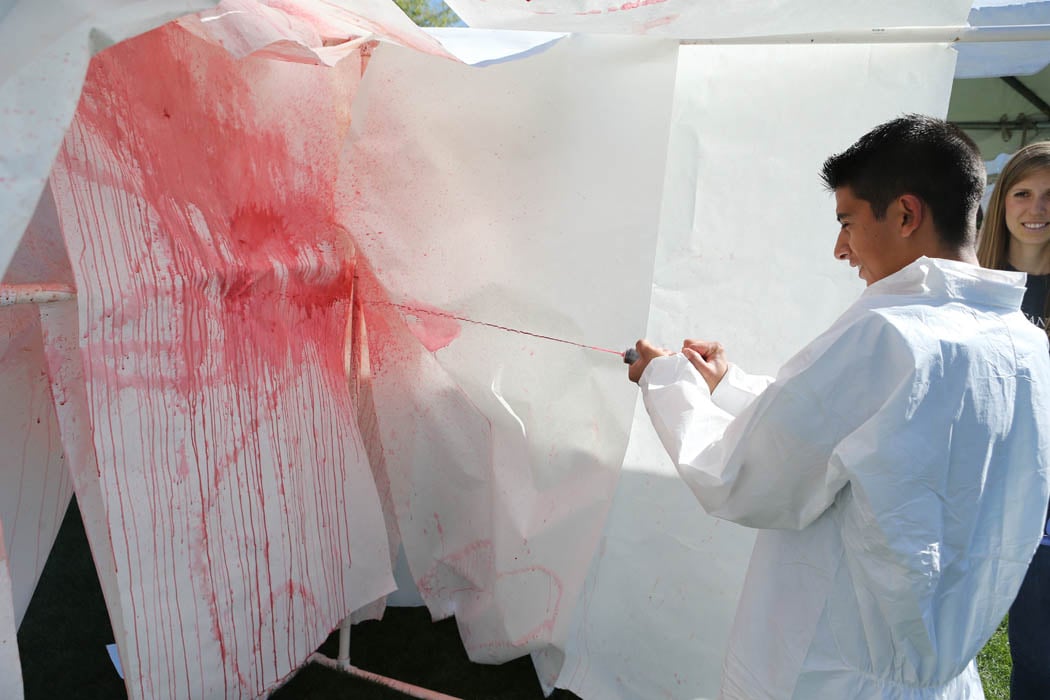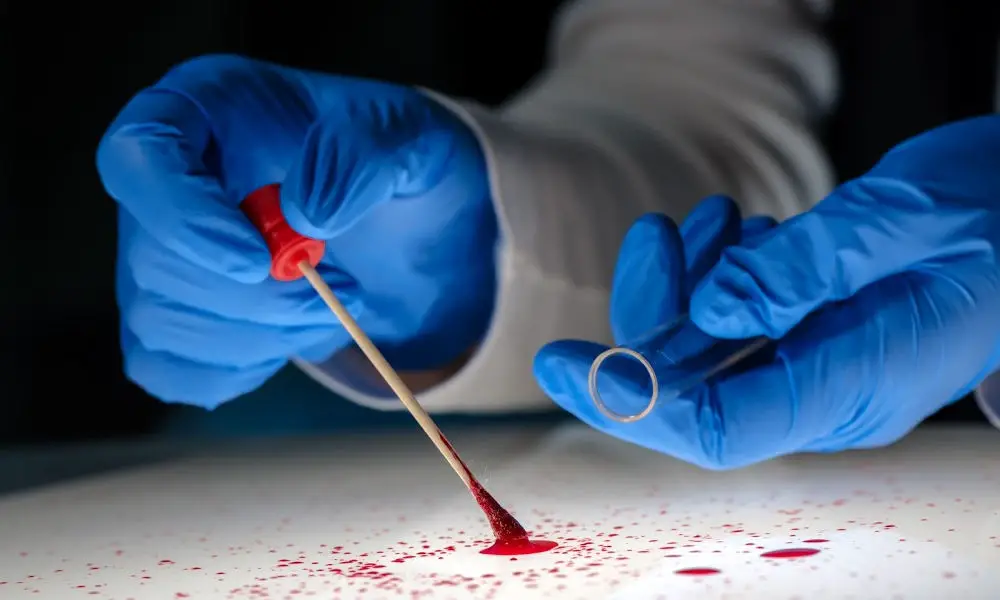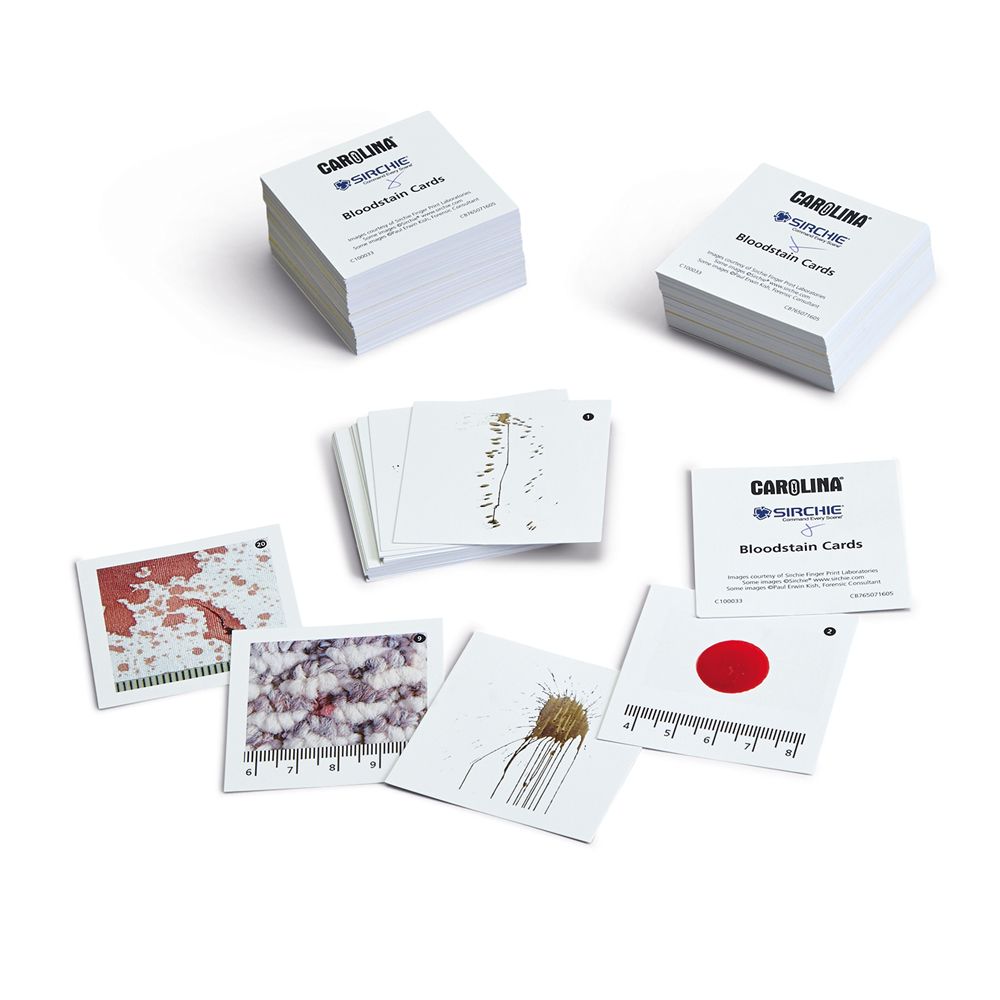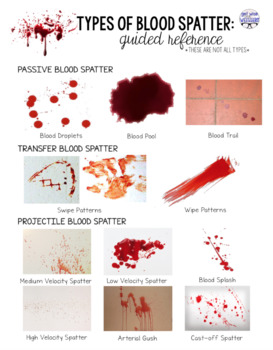A blood spatter analyst, also known as a forensic bloodstain pattern analyst, is a trained professional who uses scientific principles and techniques to analyze and interpret bloodstain patterns at crime scenes. This field of forensic science plays a crucial role in reconstructing the events of a crime and determining the sequence of events that occurred.
Blood spatter analysts are often called upon to testify in court as expert witnesses, where they present their findings and explain the scientific basis for their conclusions. They work closely with other forensic specialists, such as crime scene investigators, forensic pathologists, and forensic laboratories, to help solve crimes and bring justice to victims and their families.
The job of a blood spatter analyst requires a strong foundation in the physical sciences, particularly physics and chemistry. They must understand the properties of blood, such as its viscosity and surface tension, and how these properties can affect the way it behaves when it is expelled from the body. They must also be familiar with the various patterns that blood can make when it is spattered, such as cast-off patterns, impact patterns, and arterial spurting patterns.
To become a blood spatter analyst, individuals typically need to have a bachelor's degree in a scientific field, such as biology or chemistry, and complete specialized training in forensic science. Many colleges and universities offer degree programs in forensic science, which include coursework in bloodstain pattern analysis and other forensic disciplines. In addition to formal education, blood spatter analysts must also complete internships or on-the-job training to gain practical experience in the field.
One of the main responsibilities of a blood spatter analyst is to collect and analyze blood samples from crime scenes. This involves identifying and collecting bloodstains and other physical evidence, such as clothing or weapons, and taking photographs and measurements of the crime scene. Blood spatter analysts use a variety of tools and techniques to analyze bloodstains, including microscopes, spectrophotometers, and computer programs. They also use specialized techniques, such as luminol testing and DNA analysis, to identify and analyze trace amounts of blood that may not be visible to the naked eye.
In addition to analyzing bloodstains, blood spatter analysts may also be called upon to testify in court as expert witnesses. They may be asked to explain the scientific basis for their conclusions and to present their findings in a clear and concise manner. They may also be asked to provide expert testimony on the accuracy and reliability of the tools and techniques they use to analyze bloodstains.
In conclusion, blood spatter analysts play a vital role in the investigation and prosecution of criminal cases. They use their scientific expertise to analyze and interpret bloodstain patterns, which helps to reconstruct the events of a crime and determine the sequence of events that occurred. Their work helps to bring justice to victims and their families and helps to solve crimes that might otherwise go unsolved.
